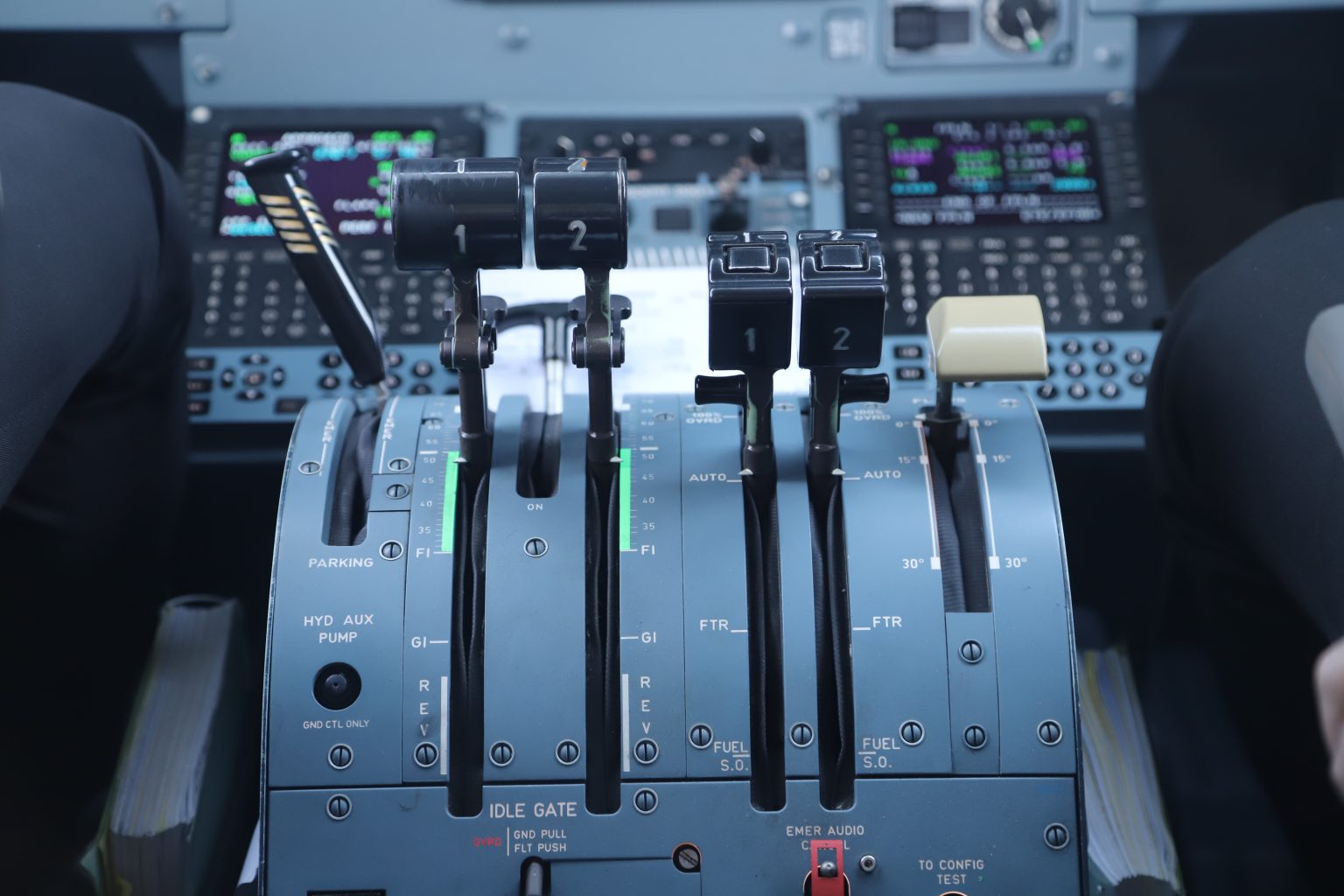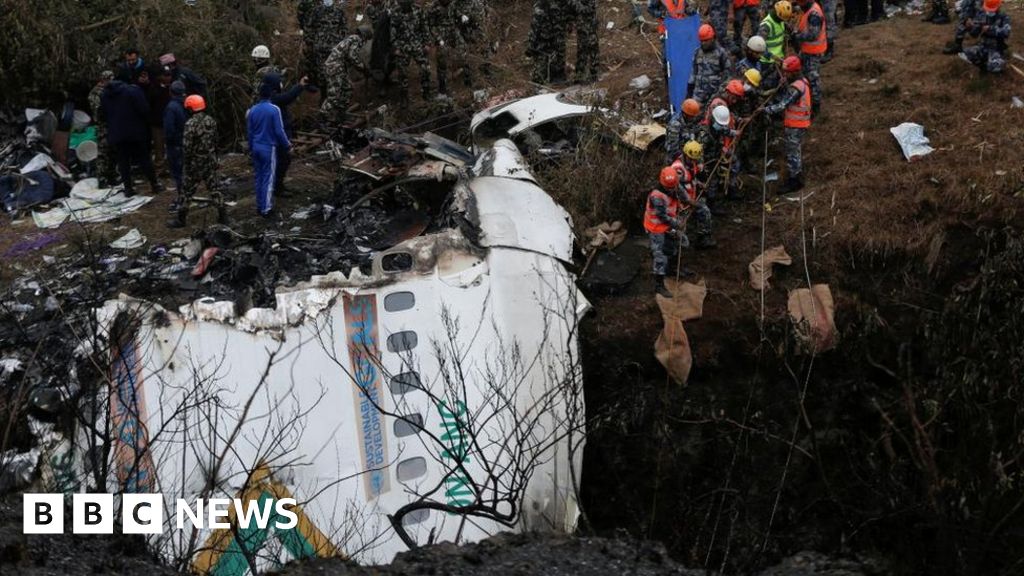Capngrog
Pre-takeoff checklist
Nah, the Ercoupe is different. Only one pedal, and it was, in fact, "just for brakes". Many were owner modified from this as-designed configuration to a more conventional set up with rudder pedals etc.
Heh heh, yep. But I wonder if that could have been their primary trainer for ATP? Two pedals = required redundancy!Nah, the Ercoupe is different. Only one pedal, and it was, in fact, "just for brakes". Many were owner modified from this as-designed configuration to a more conventional set up with rudder pedals etc.
Seeing the video from the passenger inside the plane as it happened, it seems to me that something (no idea what) was agitating some of the passengers and one of them seemed alarmed right before it all went left. My take anyway.
The lack of ILS was probably not a factor in this accident. Let me rephrase that: The lack of an ILS should not have been a factor in this accident (remembering the Asiana 214 crash at San Francisco on July 06, 2013).
I don't know about a "wrong stick input"; however, there was obviously a loss of control of the Yeti aircraft, probably caused by an aerodynamic stall. Can it be argued that unintentional aerodynamic stalls are due to improper control input ("stick input")? Yes.


As my dad used to say, when your hand grabs the wrong control, it still knows what to do with it.It appears that making the mistake of manipulating the two propeller control levers instead of the single flap positioning lever would be incredibly unlikely. First there's the fact there is a lever for each propeller, and both would have to be grasped with the hand and moved. Even if the pilot didn't look at the levers before moving them, the tactile difference would be obvious.
Additionally, one would think the larger movement range and longer stroke of the propeller controls compared to the flap lever would trigger a muscle memory mechanism and alert the pilot a mistake had been made. The obviously didn't occur, and the pilots allowed the angle of attack to increase as the airspeed decayed, apparently oblivious to the situation.
The power quadrant and adjacent flap positioning lever:

I haven't seen Juan's analysis, but while I agree that mistaking the prop levers for the flaps would be unlikely, it would certainly be possible. Remember that these were two captains flying and were used to manipulating these controls with their right hands instead of the left, as was probably the case in this incident.

Juan Browne's (Blancolirio) analysis (posted above) does a good job of showing how this is both plausible and likely.
HHH
View attachment 115077
I haven't seen Juan's analysis, but while I agree that mistaking the prop levers for the flaps would be unlikely, it would certainly be possible. Remember that these were two captains flying and were used to manipulating these controls with their right hands instead of the left, as was probably the case in this incident. Aircraft crashes usually occur because of an incredibly unlikely chain of events.

You also have to lift the handles to get them into FTR. You don't just pull them back like the flaps.It appears that making the mistake of manipulating the two propeller control levers instead of the single flap positioning lever would be incredibly unlikely. First there's the fact there is a lever for each propeller, and both would have to be grasped with the hand and moved. Even if the pilot didn't look at the levers before moving them, the tactile difference would be obvious.
Additionally, one would think the larger movement range and longer stroke of the propeller controls compared to the flap lever would trigger a muscle memory mechanism and alert the pilot a mistake had been made. That obviously didn't occur, and the pilots allowed the angle of attack to increase as the airspeed decayed, apparently oblivious to the situation.
The power quadrant and adjacent flap positioning lever:

This right here is the paradigm I live by as a professional pilot. I am the threat. Every leg I remind my partner in crime that I am imperfect, have never flown an error free flight and expect correction when I deviate from the SOP. That’s the only way this aviation thing works in my opinion. Well that and a basic level of giving a ****.Well Occam told me, again. Not surprising. Colgan Atlas UPS Pinnacle et al. Then there's the non-fatals; then there's the near misses that are making the rounds these days. And we'll leave out the suicides of course.
I understand people lean averse to pointing the finger at the dead, under a sentiment of not being perceived as kicking gravestones/inviting bad karma et al. Which is fine, but a non-sequitur; that's a public relations reflex. Only reason anyone would have ideological difficulty 'accepting' that humans miscontrol airplanes outright with a wallet full of credentials, is halo effect bias. And biases have to be acknowledged before anything can be done about them.
Human error happens, bias towards credentialism be damned. And it happens a lot more to the left of the mu. All we can do is analyze these sequences, acknowledge our own fallibility regardless of experience, and incorporate these lessons in earnest as part of our new mental baseline when strapping into, and hurling ourselves across the sky way too fast and for what our pink bags were rated for at the factory.
But we can learn from the mistakes of others without paying the price ourselves, imo. Safe flying and cavu skies.
